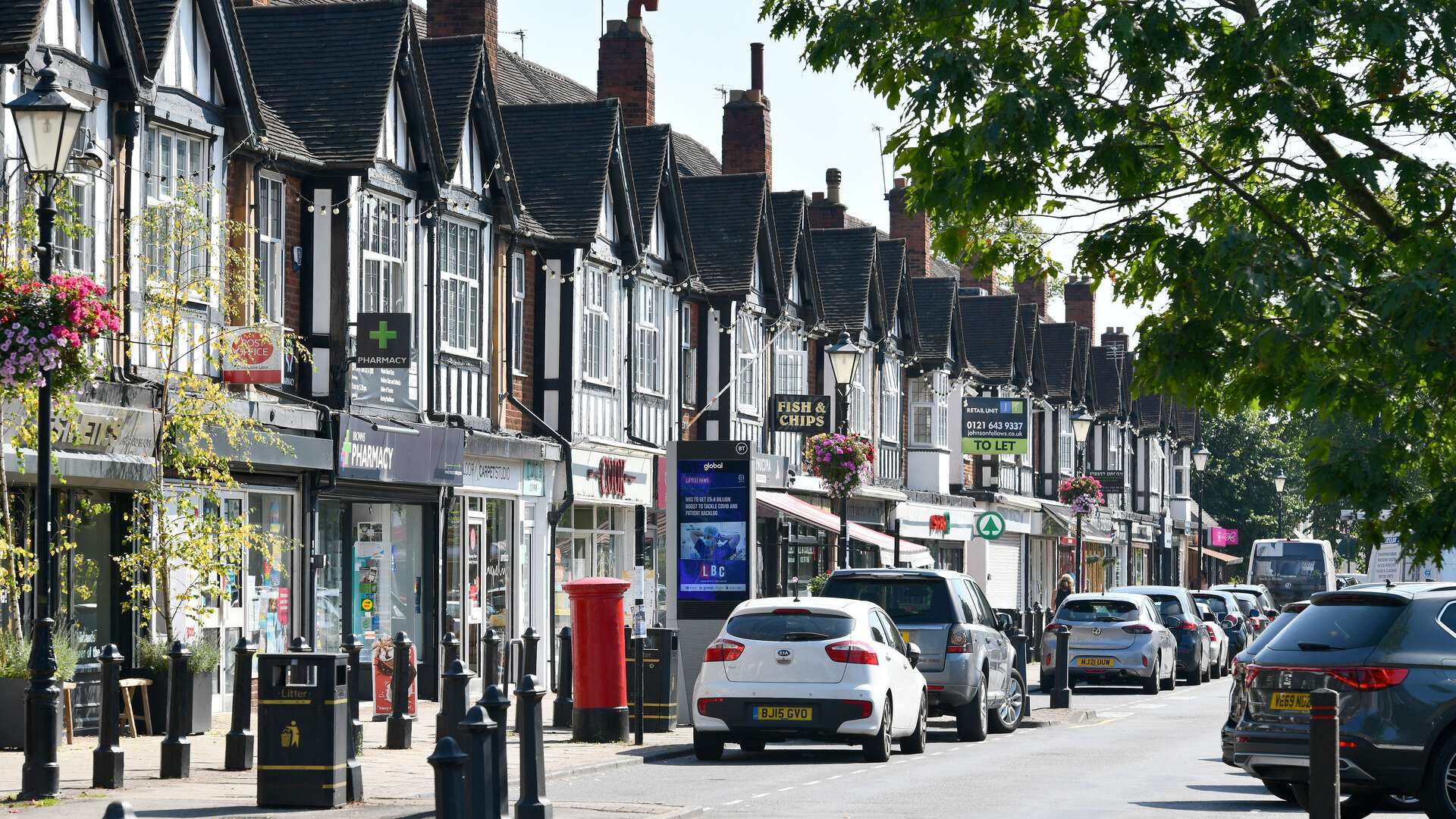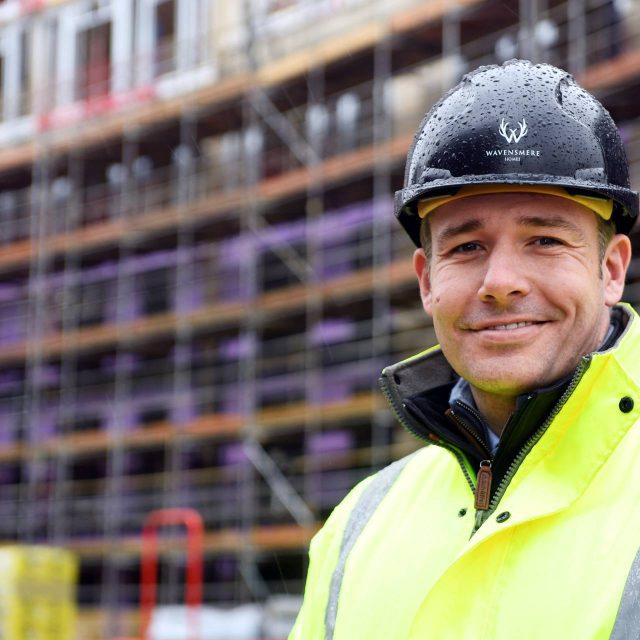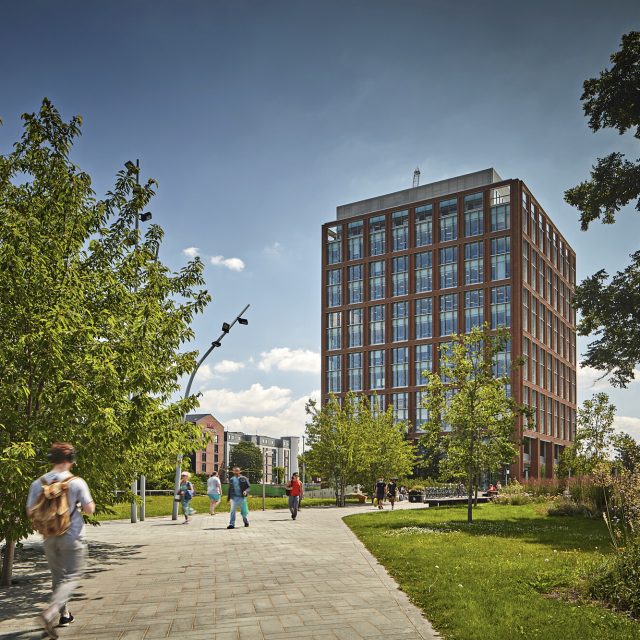Finding diamonds in the data: How technology can help find hidden opportunities to help solve affordable housing
Affordable housing targets are already causing some difficulty for developers. Finding new land to build, free of constraints remains challenging – while brownfield sites tend to struggle with viability; ironically because many of these are in the low-value areas that most need affordable housing.
With demand only likely to increase, Simon Davis, CEO of Nimbus, suggests a more innovative approach is needed – by applying technology and data to find underused buildings that could be repurposed as affordable housing, such as vacant spaces above retail frontages.
This is all possible, of course, thanks to the post-Covid-19 changes to legislation that saw the introduction by the Government of a new Class E and Class MA, enabling commercial offices to be changed to residential without having to seek planning permission.
There are many opportunities to take non-performing commercial locations and create affordable housing out of them.

Drawing on his long experience in the industry Davis gives an example from his property background. Along with his Nimbus co-founder brother Paul, they identified an underperforming commercial laundrette in a residential area and after finding the business an alternative location, he purchased the site and built multiple homes in its place. Thanks to the scheme the business owner gained a significant windfall profit from the sale while remaining in business, and many new homes arrived on the market in a much-needed location.
It’s old shops, hotels, care homes, and offices that no longer work. It’s top floors above shops that nobody’s been in for years. The other day I viewed a retail property in Leamington Spa and the owner said to me, ‘I don’t think we’ve been in there for 50 years!’ There’s just so much of this redundant space.
There are many off-market opportunities of this type just sitting there waiting to be discovered, like gems in a mine. “I’d describe these as latent opportunities,”, says Davis. “It’s old shops, hotels, care homes, and offices that no longer work. It’s top floors above shops that nobody’s been in for years. The other day I viewed a retail property in Leamington Spa and the owner said to me, ‘I don’t think we’ve been in there for 50 years!’ There’s just so much of this redundant space.”
The question then is, how can the industry tap into this rich seam of opportunity? The answer is using the power of data. Digital tools, such as Nimbus, provide the ability to identify these areas of low-value, underutilised properties that are prime for redevelopment. This can be done using the various location analysis tools inside the Nimbus platform as well as a pre-made, ready-to-go Class MA overlay strategy tool.
This efficient use of existing assets would have additional benefits such as reducing the burden on new-build solutions, while aiding urban revitalization.
“If you’ve got 10 properties on the high street with unused areas, there are potentially 20 flats there that could be created – which could be 40 more people in the town centre.”

The central locations offer great appeal to both younger and older generations. The proximity to local facilities such as shops means destinations would be within reach, either by walking or public transport. This reduces the need for the financial burden of car ownership and is greener by reducing pollution, while also alleviating pressure on roads, reducing traffic and accidents.
The call then is for the industry to think outside of the box and embrace the power of data to help solve the housing shortage issue and achieve success.
Davis is realistic that this won’t solve the housing crisis all on its own, but will help “top-up” the housing supply.
“It’s not a golden bullet, but it’s chipping away at the problem. There’s still going to be a significant requirement for new builds and new houses – it’s not going replace that, but we’ve got to find another way to supplement it.”


